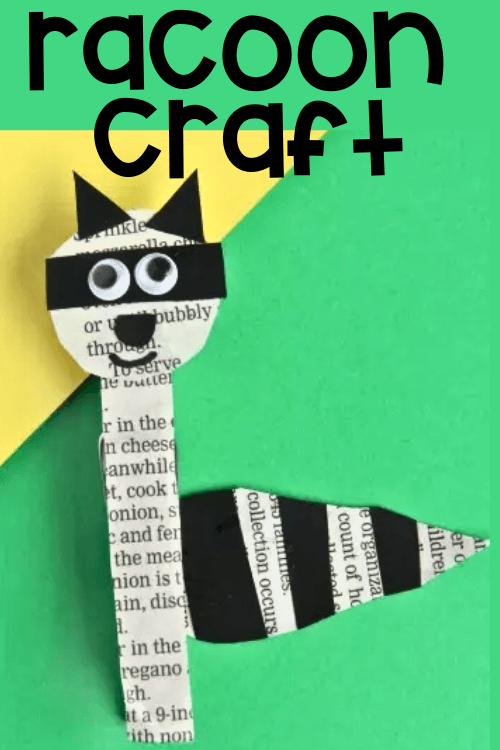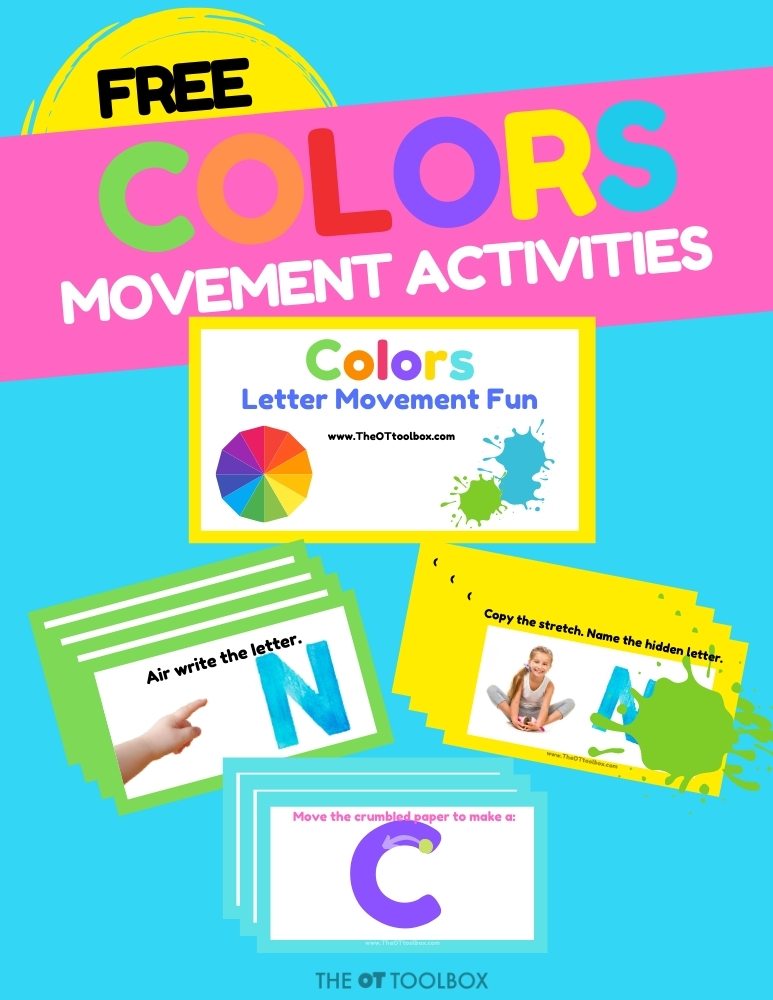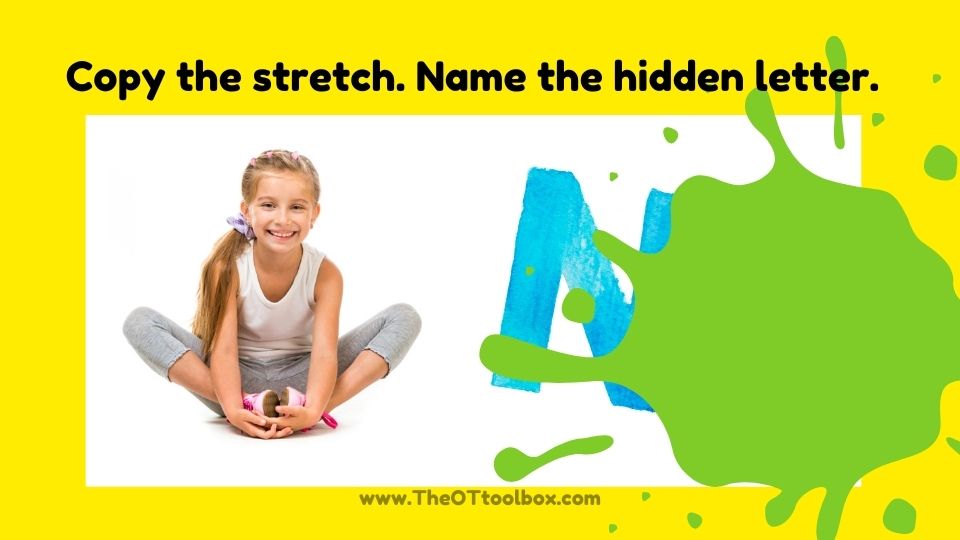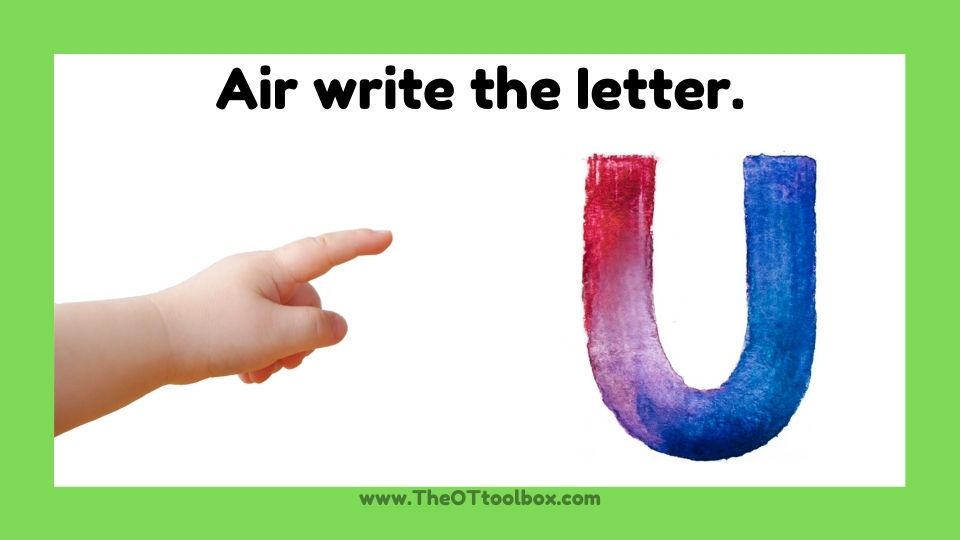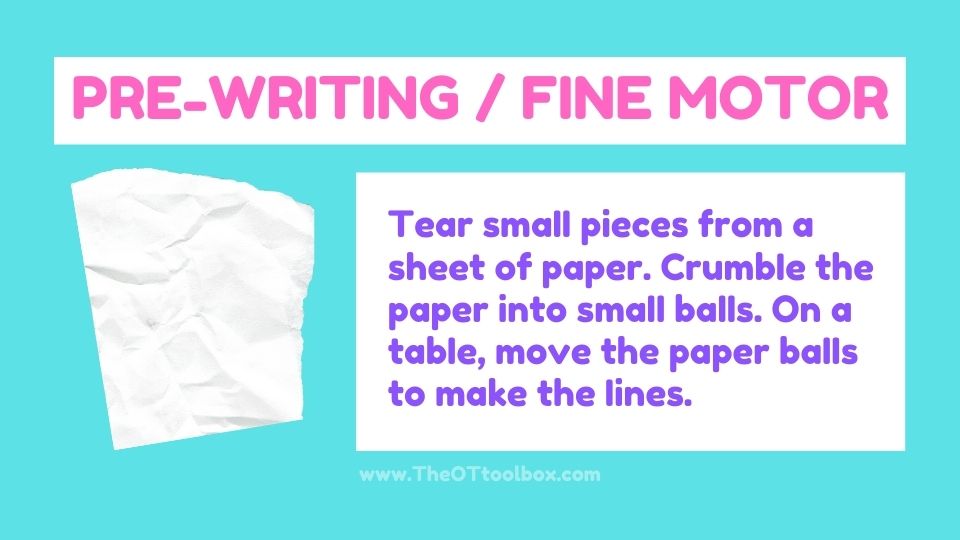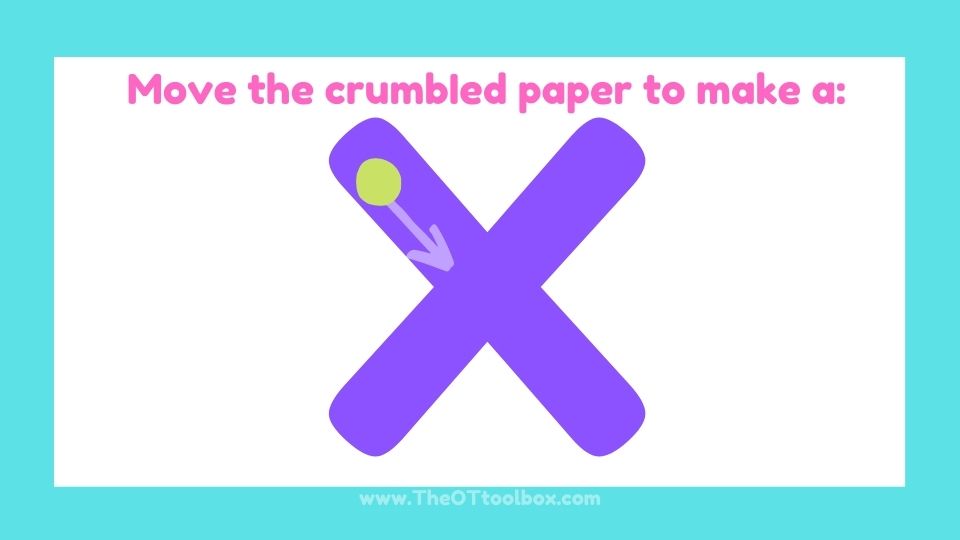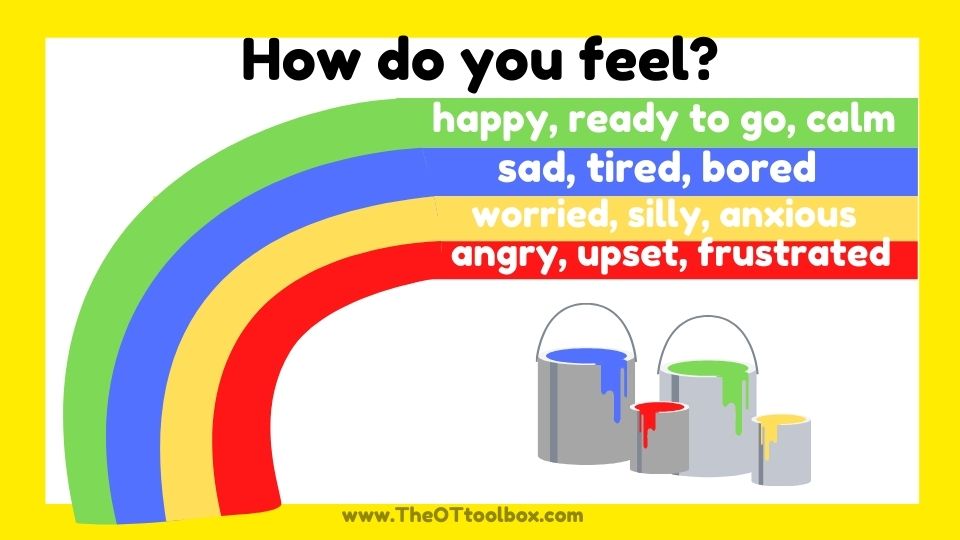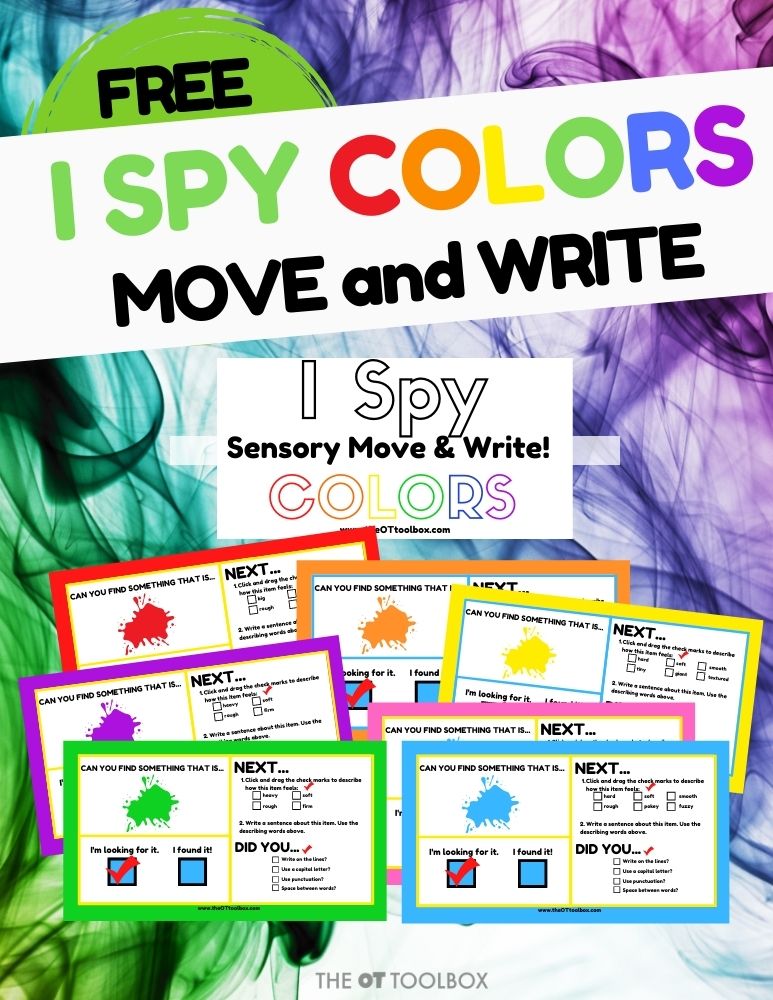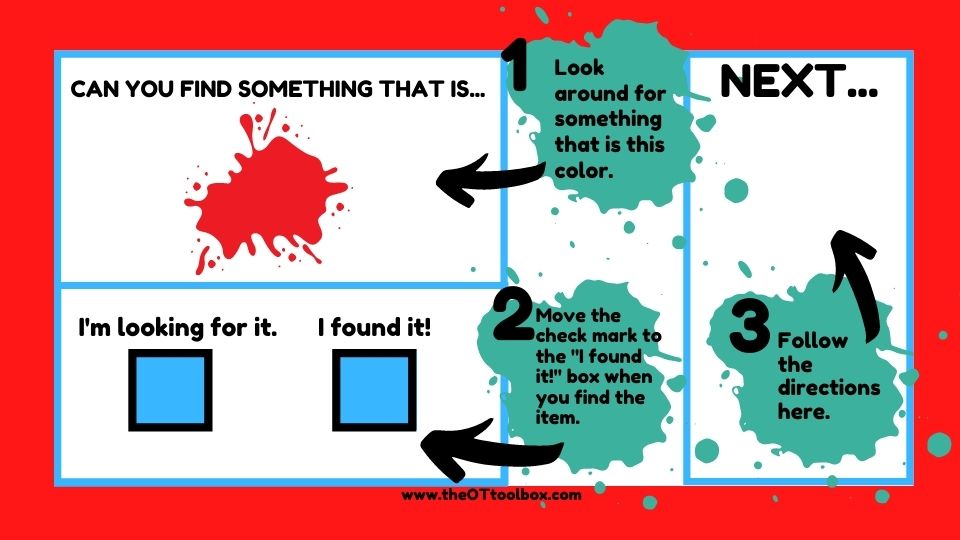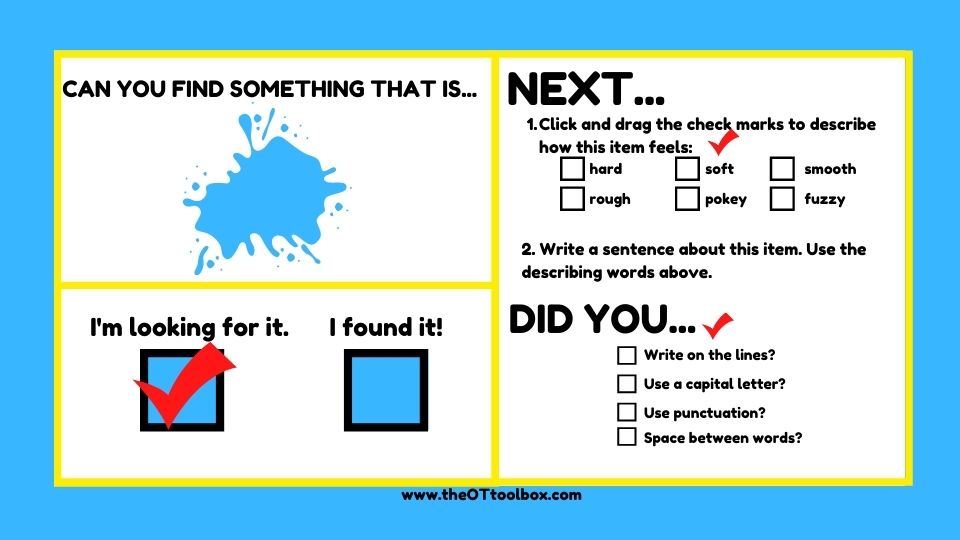Adding to our deep breathing exercises here on the site, is this rainbow breathing activity for kids. It’s a breathing exercise that kids can use in a rainbow theme in therapy sessions, or as a coping tool to help kids with self-regulation, mindfulness, and focus. Print off this rainbow breathing printable and add it to your deep breathing activities!
This rainbow breathing activity is a great mindfulness tool to use with other rainbow activities. You can even add some Rainbow Fruit Loop craft ideas for fine motor fun.

Rainbow Breathing Activity
Kids will love this printable rainbow breathing activity. It makes a great poster for a therapy room, classroom, of homeschool room, too, especially this time of year.
There are many benefits to breath control in breathing exercise as coping tools, and there is a reason why we are seeing more need for these types of resources.
To use this free deep breathing printable, ask kids to start at the white dot on one side of the rainbow. They can slowly trace along the colors of the rainbow as they take a deep breath.
Then, when they reach the other side of the rainbow, they can begin at another white dot where they can trace along another color in the rainbow. Ask kids to trace in rainbow order.
Rainbow meditation
You can extend this rainbow breathing activity by incorporating rainbow meditation into this mindfulness activity.
Ask children breathe deeply, they can focus on the breaths that they are taking in and noting how their body slows down to an alert and ready state. Rainbow meditation exercises involve using the colors of the rainbow ask children focus on each color along with mindful thoughts.
For each color, ask the child to focus on the color of the rainbow as they breathe in or breathe out. They can think about an object that is that color in nature or in their environment.
To help the child focus on the benefits of guided meditation with this rainbow activity, ask the child to visualize the rainbow colors flowing through them with each deep breath.
Red-They can take a deep breath in as they trace along the red band of the rainbow. Ask them to think about red things as they visualize red flowing through their body. Some things that are red might be hot and warm. Can they “feel” warmth flowing through their body? They can picture the color coming in through their nose and flowing through their body.
Orange- As the child traces along the orange band of the rainbow, the child can picture orange objects. They can breathe deeply out through their mouth as they picture orange colors of the rainbow flowing through their arms and legs and then out through their mouth. Things that are orange might be warm and energy. Can they “feel” warmth and safety flowing through their body?
Yellow- Ask the child to trace along the yellow band of the rainbow. They should be taking a deep breath in through their nose again. Ask the child to picture yellow items. Can they visualize the flow of yellow as it courses through their body? Yellow things might be bright and sunny. Do they feel alert and awake?
Green- Next, kids can trace along the green band of the rainbow. As they do, ask the child to breathe out through their mouth. They can then picture green things and imagine the green of the rainbow is flowing through their body. Green can be bright, soothing, and energetic. Do they feel that flowing through their body?
Blue- The next color in the rainbow is blue. Ask the child to trace along the rainbow band and breathe in through their nose. Blue might be calming, or peaceful thoughts. Can they feel calm colors flowing through their body? What are some blue things they can picture?
Purple- Finally, ask the child to trace along the purple band as they breath out through their mouth. Ask them to picture purple flowing through their body. Purple can mean creative and awareness. Can they picture any purple objects?
Free Rainbow Breathing Printable
Want to add this printable exercise sheet to your therapy toolbox? Enter your email address into the form below and you’ll be on your way.
More breathing exercises you’ll love:
Pencil deep breathing exercise
Clover deep breathing exercise

